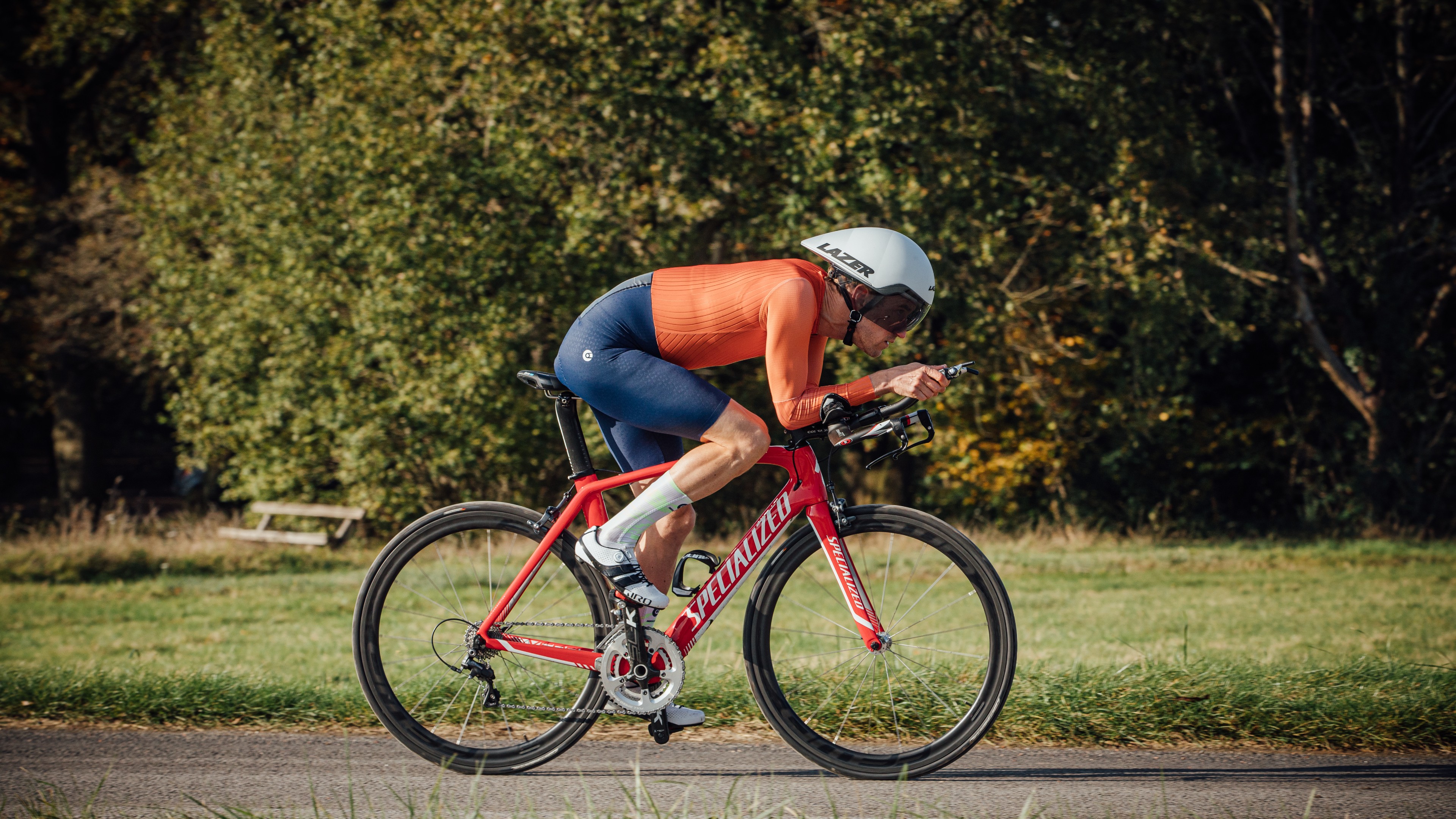Best aero bars road bike: Discover the latest advancements in cycling technology designed to enhance aerodynamics, improve efficiency, and elevate your riding experience. Explore the world of aero bars and unlock the secrets to a faster, more exhilarating ride.
In this comprehensive guide, we delve into the intricacies of aero bars, empowering you with the knowledge to make informed decisions and optimize your cycling performance. From understanding their components and design to mastering proper positioning and maximizing comfort, this guide is your ultimate resource for unlocking the full potential of aero bars.
Aero Bar Features and Design
Aero bars for road bikes are designed to improve aerodynamics and reduce wind resistance, enhancing the rider’s speed and efficiency. They consist of several primary components:
- Extensions:These are the handlebars that extend forward from the base bar, allowing the rider to adopt a more aerodynamic position.
- Base Bar:The original handlebars of the bike that provide support and control.
- Armrests:These are pads or cushions that support the rider’s forearms, reducing fatigue and improving comfort.
- Mounting System:This connects the aero bars to the base bar, typically using clamps or bolts.
Materials used in aero bar construction include:
- Carbon Fiber:Lightweight, stiff, and aerodynamic, but expensive.
- Aluminum:Durable and affordable, but heavier than carbon fiber.
- Titanium:Strong, lightweight, and corrosion-resistant, but also expensive.
Ergonomic design and adjustability are crucial for comfort and performance. Aero bars offer various adjustment options to fit different body sizes and riding styles, including:
- Extension Width:Adjusts the distance between the extensions to match the rider’s shoulder width.
- Extension Angle:Allows the rider to fine-tune the angle of the extensions for optimal aerodynamics and comfort.
- Armrest Position:Adjusts the position of the armrests to support the forearms in a comfortable and efficient manner.
Types of Aero Bars

Aero bars come in various shapes, sizes, and designs, each catering to specific needs and riding styles. Understanding the different types can help you choose the best aero bars for your riding preferences.
Straight Aero Bars
- Flat and parallel to the ground, providing a more aggressive and aerodynamic position.
- Suitable for experienced riders who prioritize speed and aerodynamics.
- Can be less comfortable for longer rides due to the fixed position.
- Example: Profile Design Sonic/Ergo 40/20 Aero Bar
Riser Aero Bars
- Slightly elevated at the front, offering a more comfortable position than straight aero bars.
- Ideal for riders seeking a balance between comfort and aerodynamics.
- May not provide as much aerodynamic benefit as straight aero bars.
- Example: Vision TriMax Carbon Aerobars
Bullhorn Aero Bars
- Shaped like bullhorns, providing a wide range of hand positions for increased comfort.
- Suitable for long-distance riders who prioritize comfort over aerodynamics.
- May not be as aerodynamic as other types of aero bars.
- Example: Zipp Vuka Alumina Clip-On Aero Bar
Maintenance and Care
Maintaining aero bars is crucial to ensure their longevity and performance. Regular cleaning, lubrication, and proper storage are essential aspects of aero bar care.
Obtain direct knowledge about the efficiency of palm springs mountain bike rental through case studies.
To clean aero bars, use a mild detergent and a soft cloth. Avoid using harsh chemicals or abrasive materials that could damage the finish. After cleaning, rinse the bars thoroughly with water and dry them with a clean towel.
Lubrication
Lubricating aero bars reduces friction and ensures smooth operation. Apply a thin layer of silicone-based lubricant to the moving parts, such as the clamp bolts and pivot points. Avoid over-lubricating, as excess lubricant can attract dirt and debris.
Storage and Transportation, Best aero bars road bike
When not in use, store aero bars in a dry and protected environment. Avoid exposing them to extreme temperatures or direct sunlight. For transportation, use a protective case or bag to prevent damage from impacts or scratches.
Check bike rentals beach haven nj to inspect complete evaluations and testimonials from users.
Alternatives to Aero Bars: Best Aero Bars Road Bike

While aero bars offer significant aerodynamic advantages, they may not be suitable for all cyclists or riding conditions. Several alternative options can enhance aerodynamics and improve comfort without the need for aero bars.
These alternatives vary in design, functionality, and suitability, depending on the individual’s needs and preferences. Here’s a comparison of the benefits and drawbacks of different alternatives to aero bars:
Drop-Bar Extensions
- Extend the reach of the handlebars, allowing riders to adopt a more aerodynamic position.
- Provide a more aggressive riding position, which can improve aerodynamics but may compromise comfort.
- Can be easily installed and removed, making them a versatile option for different riding conditions.
Bullhorn Handlebars
- Feature a unique shape with a forward-facing section that allows riders to adopt a more aerodynamic position.
- Provide a more aggressive riding position than traditional handlebars, which can enhance aerodynamics.
- May require some adjustment to get used to the different hand position.
Triathlon Handlebars
- Designed specifically for triathlon racing, with a unique shape that allows riders to maintain an aerodynamic position while keeping their elbows tucked in.
- Offer excellent aerodynamics and comfort, but can be expensive and may not be suitable for all riding conditions.
- Require a specific bike setup and may not be compatible with all bicycles.
Clip-On Aerobars
- Attach to the handlebars, providing a temporary aerodynamic position without permanently altering the bike setup.
- Offer versatility and can be removed when not needed, making them suitable for different riding conditions.
- May not provide the same level of aerodynamics as dedicated aero bars and can be less comfortable for extended use.
Choosing the Right Alternative
The best alternative to aero bars depends on individual needs and preferences. Consider factors such as riding style, comfort level, and budget when making a decision. For riders seeking a more aggressive and aerodynamic position, drop-bar extensions or bullhorn handlebars may be suitable.
Those prioritizing comfort and versatility may prefer clip-on aerobars. Triathlon handlebars offer the highest level of aerodynamics but are more specialized and expensive.
Concluding Remarks
Whether you’re a seasoned cyclist seeking marginal gains or an aspiring racer aiming for the podium, aero bars offer a tangible advantage. Embrace the technology, refine your technique, and witness the transformative impact on your speed, efficiency, and overall riding experience.
The pursuit of aerodynamic excellence awaits, and with the insights provided in this guide, you’re well-equipped to harness the power of aero bars and elevate your cycling journey.
FAQ Guide
What are the primary benefits of using aero bars?
Aero bars reduce wind resistance, allowing cyclists to maintain higher speeds with less effort. They improve aerodynamics, making it easier to overcome air resistance and conserve energy.
How do I choose the right aero bars for my road bike?
Consider your riding style, intended use, and bike geometry when selecting aero bars. Different types and shapes of aero bars cater to specific needs, so it’s crucial to choose the ones that align with your riding preferences and bike compatibility.
Can aero bars negatively impact bike handling?
While aero bars enhance aerodynamics, they can potentially affect bike handling. It’s important to find the right balance between aerodynamics and maneuverability. Choose aero bars that suit your riding style and ensure proper fit and positioning to minimize any negative impact on handling.
